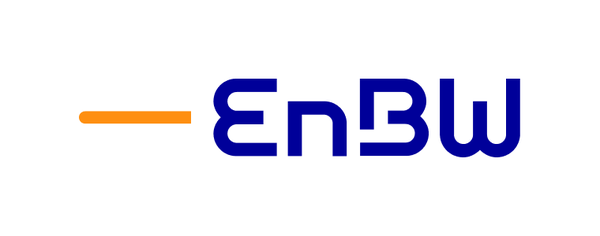Upcoming Drones Windfarm


Background information
Wind turbines are among the most important technologies for a sustainable energy supply. Maintenance teams and materials have to travel long distances to reach the site of offshore installations. The time and costs involved are comparatively high. Could drones safely and effectively replace ships, helicopters and cranes in the future and effectively lower the costs for maintenance? This is the focus of the “Upcoming Drones Windfarm” (UDW) project, which the DLR Institute of Flight Systems is conducting together with the energy supplier EnBW.
The research project
Flying drones to carry out inspections is already common practice in onshore and offshore wind farms. However, the use of drones to transport material requires completely new technology, operational integration and levels of automation. The UDW project is a concept study that approaches the integration problem on several levels. The technological considerations include the development of a cargo box that can be transported by the drone, the conceptualization of a vertiport design and the establishment of a communication principle between the drone and the wind farm. The latter is a decisive factor, on the one hand for safe flight execution, for which the wind farm data is required, and on the other hand for future automation, for example automatic clearance for turbine approach.
From concept to practice
With the help of the UAS demonstrator (Unmanned Aircraft System) superARTIS, individual aspects of the concept was being tested in a real flight test. This will be carried out as a first step in an EnBW onshore wind farm. In addition to the implemented communication principle, operational processes of the drone flight in a wind farm will also be demonstrated in the experiment.
The DLR Institute of Air Transport is accompanying the concept studies with economical calculations that analyze both the costs of the UAS and the total operating costs of the wind farm in these new scenarios.
The Offshore Drone Challenge
The research project will not develop a drone for flying servicing wind farms in the future. Instead, manufacturers were invited to present their current capabilities to fulfill an exemplary mission in the Offshore Drone Challenge. The challenge took place in June 2024 at DLR's National Test Center for Unmanned Aircraft Systems in Cochstedt. Three manufacturers flew very different drone configurations in the specified mission and mastered the course. A jury consisting of six experts evaluated individual criteria of the flight task - from the precision of the maneuvers to the weight of the transported load or the level of automation.
DLR has created the framework for operating the drones at the test center. For the first time in Germany, a Geozone was set up to enable drone operations that are normally outside of open category operations. During the challenge, the flight tasks were measured and presented live to the audience and jury.
Geozone at the National Test Center for Unmanned Aircraft Systems in Cochstedt
In June 2024, a Geozone for the operation of drones in the “extended open category” was set up for the first time at DLR's National Test Center for Unmanned Aircraft Systems at Cochstedt Airport, which allows their operation within certain limits without special approval. The DLR Institute of Flight Systems worked with the German Federal Aviation Authority (LBA) to develop the necessary boundary conditions and applied to the Federal Ministry of Digitalization and Transport (BMDV) for this Geozone.
Drone operators must adhere to these operational specifications of the Geozone in order to ensure the highest safety requirements. Some of the safety requirements, such as airspace monitoring, are already ensured by the established procedures of the National Test Center. Other measures, such as the technical operation of the drones by qualified personnel and compliance with strict boundary conditions for the flight missions, had to be ensured by the drone operator during the flight itself.
Project | Upcoming Drones Windfarm (UDW) |
|---|---|
Duration | 05/2022 - 04/2025 |
Contributors | |
DLR institutes involved | |
Funded by | 7th Energy Research Program of the Federal Ministry of Economics and Climate Protection (BMWK) |
Further information
Up-to-date information on our LinkedIn channel
→ DLR press release: “Research project investigates the potential of unmanned aerial vehicles: Transport drones for offshore wind farms”
→ DLR press release: “Project investigates use of unmanned aerial vehicles: Drones to transport personnel and materials to offshore wind farms”
→ DLR press release: “EnBW and DLR organise drone competition for offshore wind farm use: EnBW and DLR organise drone competition for offshore wind farm use”




